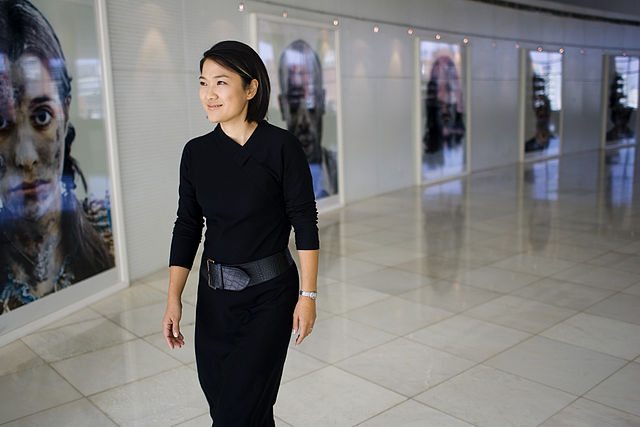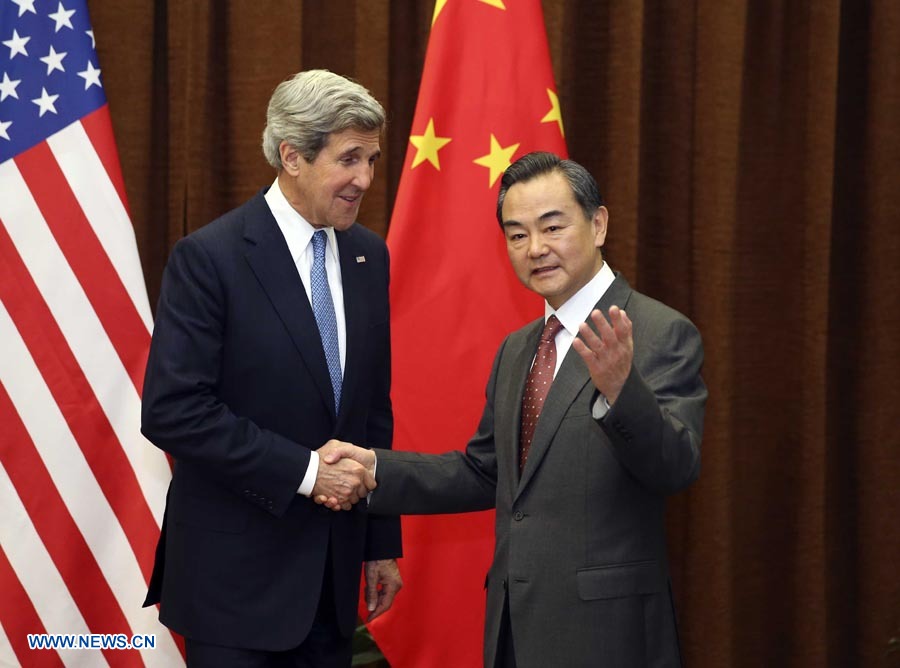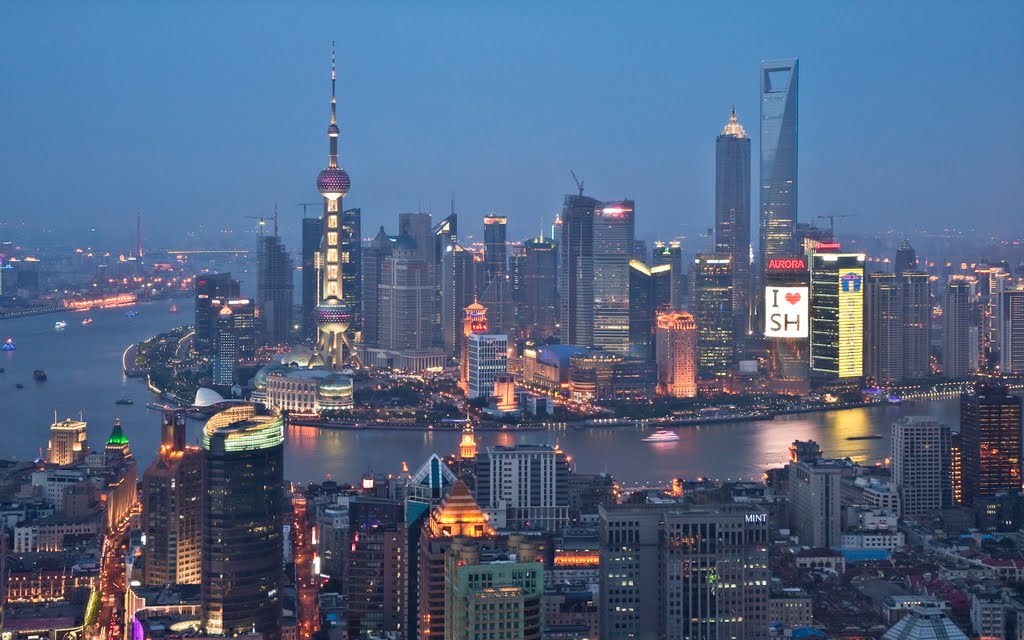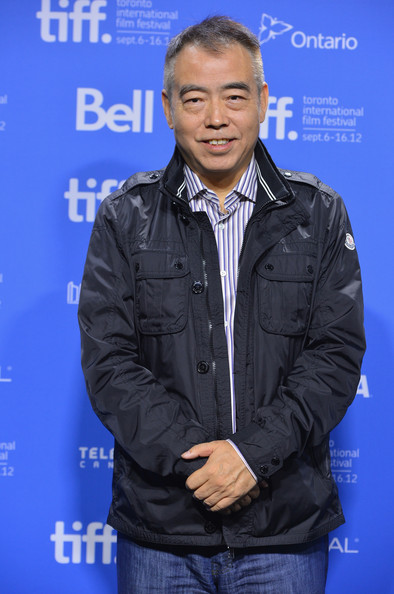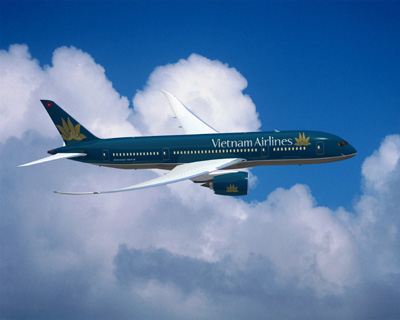 (Photo: Boeing Inc.)
(Photo: Boeing Inc.)
by David Parmer
The Center for Aviation Reports, CAPA reported on October 2, 2013 that Southeast Asia shows some of the highest growth rates in the global aviation industry. The Southeast Asian market has grown by 20% in the last 18 months. For example, Vietnam is headed to become the world’s third fastest growing market for international passengers and freight in 2014 according to an October 22, 2013 Reuters report. Both Low Cost Carriers (LCC) and full-service carriers have benefited due to generally favorable economic conditions in the region.
In remarks delivered in Singapore on October 16th 2013, International Air Transport Association (IATA) Director General and CEO, Tony Tyler noted that the airline industry worldwide is making steady profits, from a USD 7.4 billion in 2012 to USD 11.4 billion in 2013, and a projected USD 16.4 billion in 2014. Profit margins globally, however are slim, coming in as low as 2.2%. Tyler noted global trends include high oil prices, weak economy, disparity between passenger and cargo performance. A more positive note is the successful consolidation trend among airlines. Asia Pacific is expected to post a profits decline for 2013 to USD 3.1 billion, with a possible rebound to USD 3.6 billion in 2014. Asia Pacific news is generally favorable with high points being Japan restructuring and a big spike in China domestic air traffic of +13.7% in August 2013. India is a major concern, however, due to high operating costs and infrastructure issues.
Remarks by T. Tyler/IATA http://www.iata.org/pressroom/speeches/Pages/2013-10-16-01.aspx
 日本語
日本語 English
English 中国語
中国語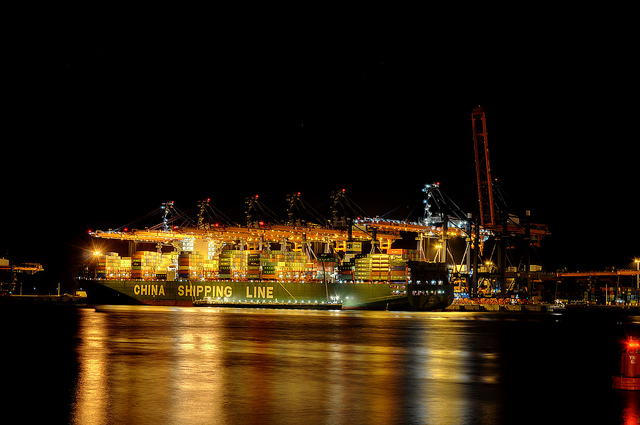
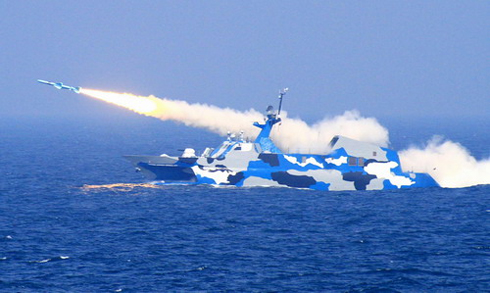 (Photo: Defense Tech.org)
(Photo: Defense Tech.org)